Casdin Capital’s Eli Casdin highlights seven promising life-sciences stocks, including bluebird bio, Invitae, and Crispr Therapeutics.


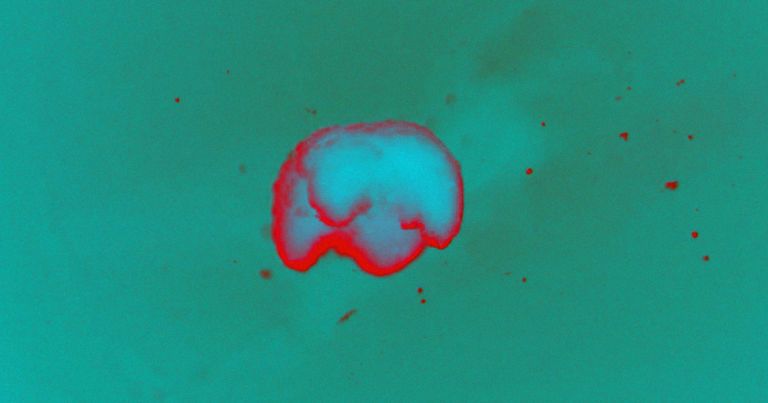
Designer Babies
Xenobots, which were first brought to life back in January, can’t reproduce. Instead, computer scientists program them in a virtual environment and then 3D print their creations out of embryonic cells.
“We are witnessing almost the birth of a new discipline of synthetic organisms,” Columbia University roboticist Hod Lipson, who was not part of the research team, told the NYT. “I don’t know if that’s robotics, or zoology or something else.”
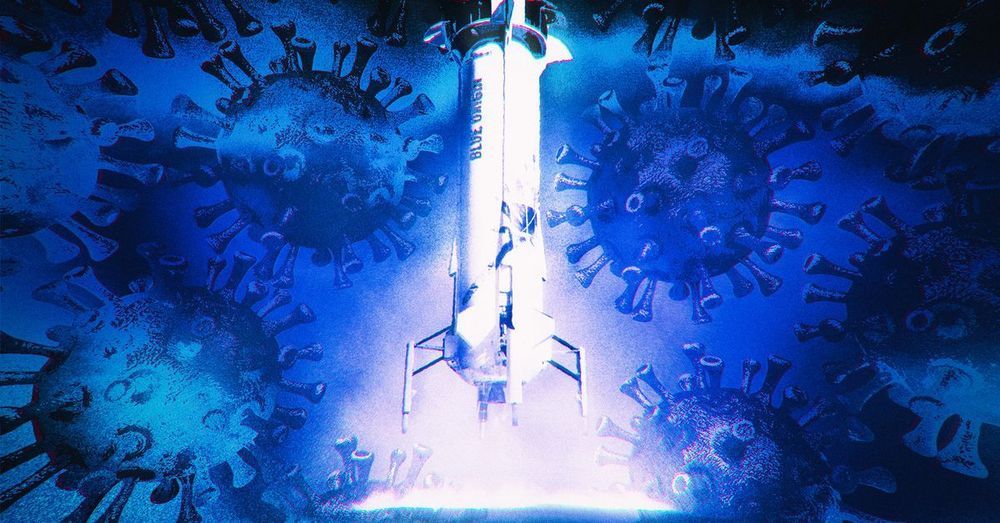
Employees at Jeff Bezos’ aerospace firm Blue Origin are outraged that senior leadership is pressuring workers to conduct a test launch of the company’s New Shepard rocket — designed to take wealthy tourists into space — while the COVID-19 pandemic devastates the United States.
To conduct the flight, Blue Origin officials are considering transporting employees from the company’s main headquarters in Kent, Washington — a town near Seattle where COVID-19 cases have surged — to a small town in West Texas called Van Horn. The town, which has a population of just over 2,000, is home to Blue Origin’s test launch facility where the company has conducted all past flights of the New Shepard rocket.
Many employees fear that traveling to Van Horn might expose them to the novel coronavirus and inadvertently introduce COVID-19 to the residents of the rural town where there is very little infrastructure to handle an outbreak. The Verge spoke exclusively with four Blue Origin employees who all asked to remain anonymous for fear of retaliation from the company. They say they are frustrated by the company’s desire to conduct a launch, as it could unnecessarily jeopardize the health of employees at Blue Origin and residents of Van Horn.

Shared by Michael Michalchik
Ivermectin is an inhibitor of the COVID-19 causative virus (SARS-CoV-2) in vitro.
• A single treatment able to effect ∼5000-fold reduction in virus at 48h in cell culture.
• Ivermectin is FDA-approved for parasitic infections, and therefore has a potential for repurposing.
• Ivermectin is widely available, due to its inclusion on the WHO model list of essential medicines.
Although several clinical trials are now underway to test possible therapies, the worldwide response to the COVID-19 outbreak has been largely limited to monitoring/containment. We report here that Ivermectin, an FDA-approved anti-parasitic previously shown to have broad-spectrum anti-viral activity in vitro, is an inhibitor of the causative virus (SARS-CoV-2), with a single addition to Vero-hSLAM cells 2 hours post infection with SARS-CoV-2 able to effect ∼5000-fold reduction in viral RNA at 48 h. Ivermectin therefore warrants further investigation for possible benefits in humans.
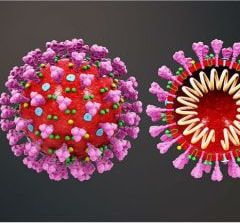
Studies of hibernating animals suggest that the molecular and synaptic integrity of neurons in the cerebral cortex that underlie self and consciousness is maintained in many cases when from the outside the brain appears dead.
A striking feature of medicine over the past few centuries has been our growing ability to bring people back from the “dead.” For most of human history, patients who were unconscious and not breathing were treated as though they had died. But the concept of resuscitation emerged as doctors grew to understand the basic function of the lungs and airways. That led to new techniques and tools capable of restoring both breathing and heartbeat — and the realization that cardiac arrest was not always a death sentence. That, in turn, gave rise to a distinction between what’s now called clinical death versus brain death.
Today that brain focus continues, but with a growing glimmer of hope that even brain death might be reversible in some instances. These dreams are fueled by research showing that the disappearance of brain function is not the same as deletion of computer files. Rather, it represents a deterioration of the pathways that normally enable different parts of the brain to communicate. This idea was bolstered recently with the 2017 success in France, where a patient was partially revived from a 15-year vegetative state. It also dovetails with insights from the study of hibernating animals.
Medical magic: Expansion of resuscitation of capability over the centuries
Resuscitation entered the field of medicine beginning in the 1500s, not surprisingly with practices that may have helped victims occasionally, but with a low success rate. Such practices included flagellation, and were based on experience rather than an understanding of the underlying physiological processes. This started to change with the use of air bellows, based on an understanding that air needed to flow in and out of the lungs. But the 1740s, mouth-to-mouth resuscitation was standard practice in France for resuscitating drowning victims.

The U.S. Food and Drug Administration (FDA) approved the first blood test that looks for the antibodies against the novel coronavirus that causes COVID-19. This is different than assays that test for presence of the virus—those test to determine if a patient has COVID-19. These new antibody tests determine if the person was exposed to the virus, had COVID-19 and recovered. And it suggests, if positive, that the person is now immune to COVID-19 and can’t get it again.
Research Triangle Park, North Carolina-based Cellex was granted an emergency use authorization (EUA) on its test yesterday.
The test is performed on a blood sample taken from a patient’s vein and can be performed by laboratories certified under the Clinical Laboratory Improvement Amendments of 1988 (CLIA), the Health and Human Services division that oversees clinical diagnostic testing in the United States.
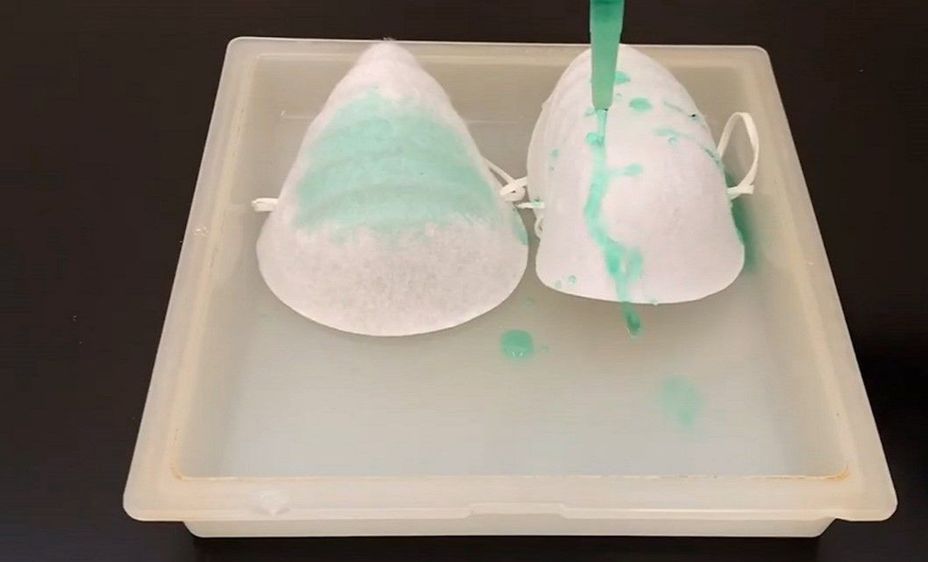
HOUSTON — A University of Houston professor is waiting for FDA approval of a waterproofing solution that he says can shield personal protective equipment such as N95 masks from the droplets that spread COVID-19.
Professor Seamus Curran said he developed the hydrophobic coating in 2011 while testing it on fabrics. He continued creating similar solutions to be used on wood and masonry with his company, Integricote.
When COVID-19 broke out, he felt the coating could help, especially as health care workers warned of a nationwide shortage of personal protective equipment (PPE) such as N95 masks that health care workers wear.
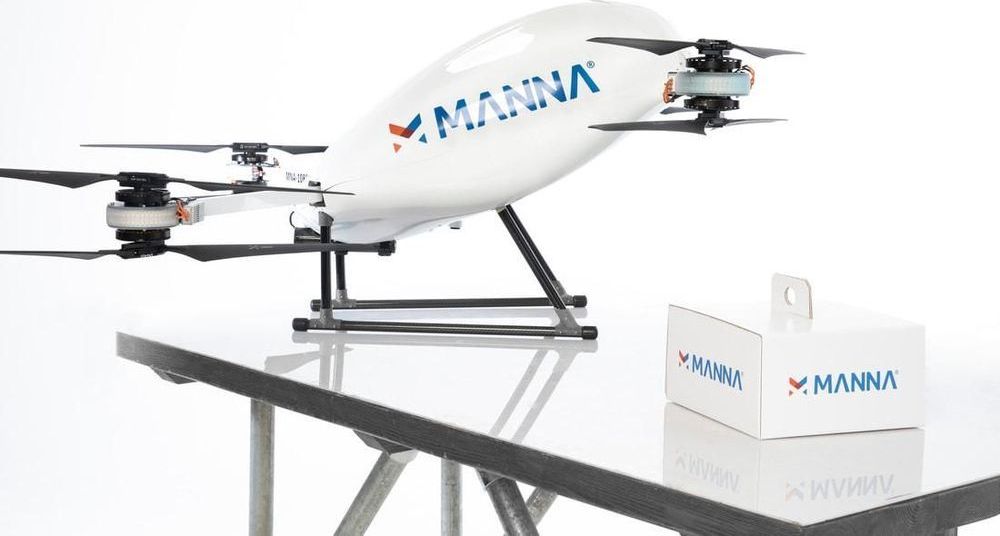
Coronavirus is sending in the drones. In what’s being billed as a “world first,” startup Manna Aero has begun a drone delivery service in Moneygall, Ireland. Delivering medicine to vulnerable people locked in their homes, it provides yet another strong example of how technology is helping the world adjust to life in the shadow of the coronavirus.
Having received authorisation from the Irish Aviation Authority, Manna Aero’s service began last Friday as a pilot in Moneygall, which was previously best known as Barack Obama’s ancestral village. However, if the trial is successful, the service will be rolled out throughout Ireland, and could also be used to deliver food.
The drones will deliver prescription orders for medicine to around a dozen households. As Manna Zero’s founder Bobby Healy told the Irish Independent, the drones ensure “zero human-contact” and can execute deliveries “in ways normal delivery can’t.”
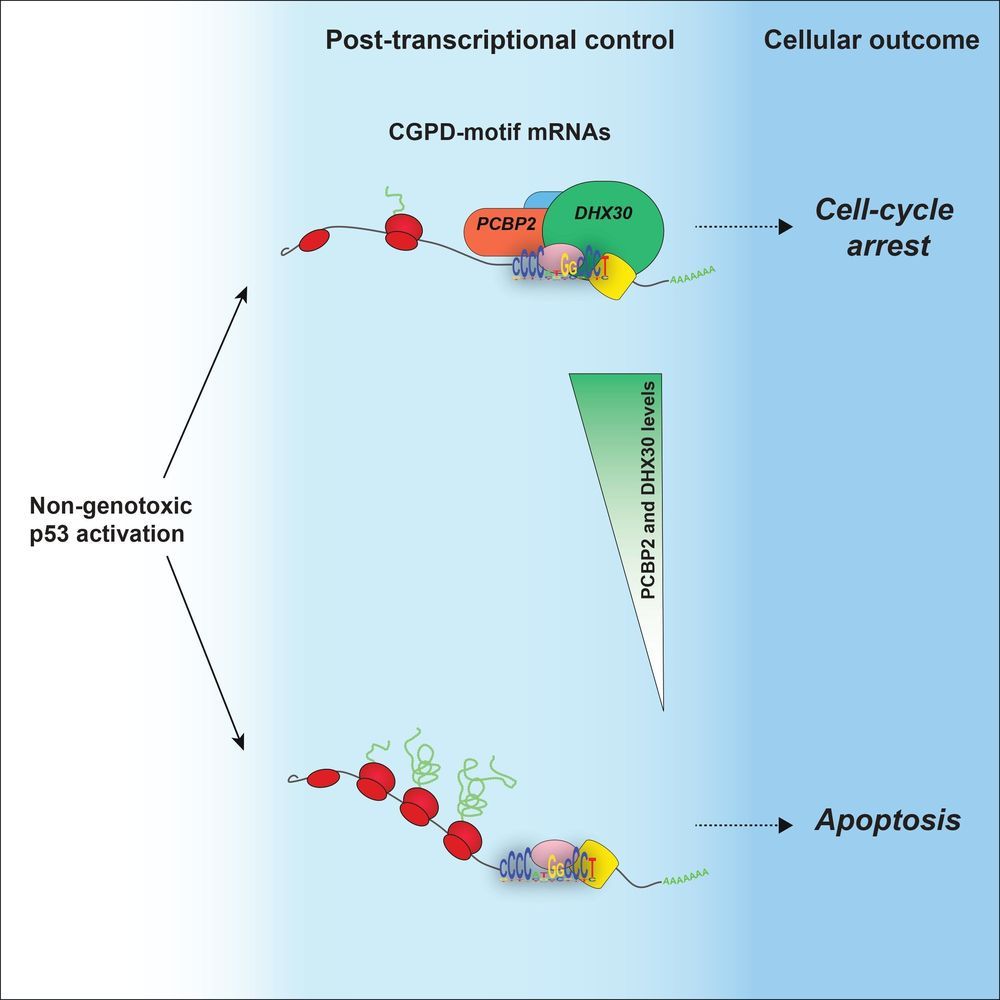
There is an ongoing battle between cancer cells and p53, the protein known as “the guardian of the genome,” and a study conducted at the University of Trento has identified a number of factors that influence the outcome of this battle and therefore the effectiveness of cancer treatments.
Scientists explore two therapeutic cancer treatment scenarios: In one scenario, cancer cells stop proliferating; in the other, their death rate increases. Both of these outcomes are regulated the protein p53. Based on the new findings, a specific factor, a protein known as DHX30, determines how p53 can lead cancer cells to their death. That is the conclusion reached by a team of researchers of the University of Trento, who focused on a new molecular mechanism that works like a switch.
Erik Dassi, member of the research team, said, “When cancer cells are treated with a certain drug, it is the action of this switch (DHX30) that makes them to go toward cell death and not in the direction of cell cycle arrest.”